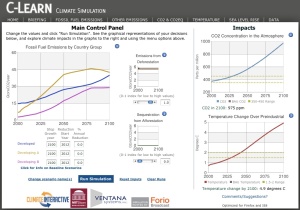“The workshop enabled participants to visualize how the various approaches and solutions interact and impact climate outcomes. Some of the conclusions challenged received wisdom and intuition.”
– Workshop Participant
In the latest leg of our campaign to build understanding of climate change solutions, Climate Interactive Co-Director Drew Jones traveled to London to engage leaders with our simulations at an event organized by the German Marshall Fund and hosted by the U.K.’s Green Investment Bank.
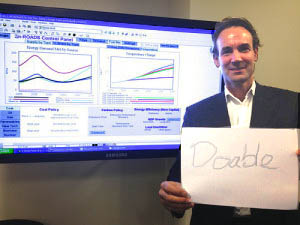
In our first exercise with U.K. policymakers, the team of Drew Jones, Miriam Maes and Alissa Burger used our interactive climate and energy models—C-ROADS and En-ROADS—to spread “grounded hope.” Continue reading
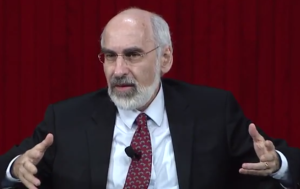
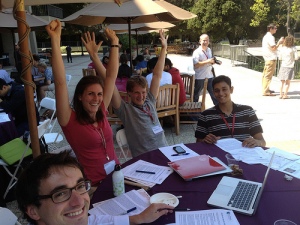

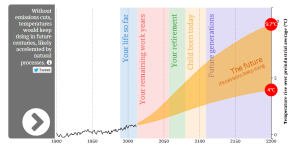

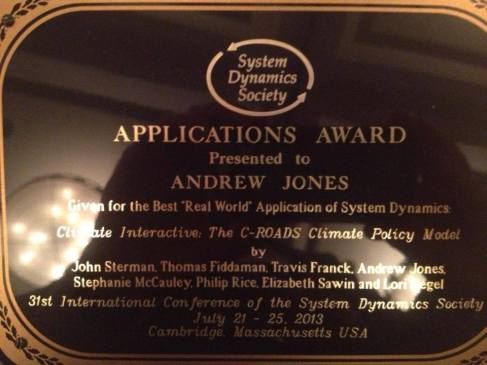
 For those following and participating in the negotiations in Doha, especially those working on the ADP,
For those following and participating in the negotiations in Doha, especially those working on the ADP, 